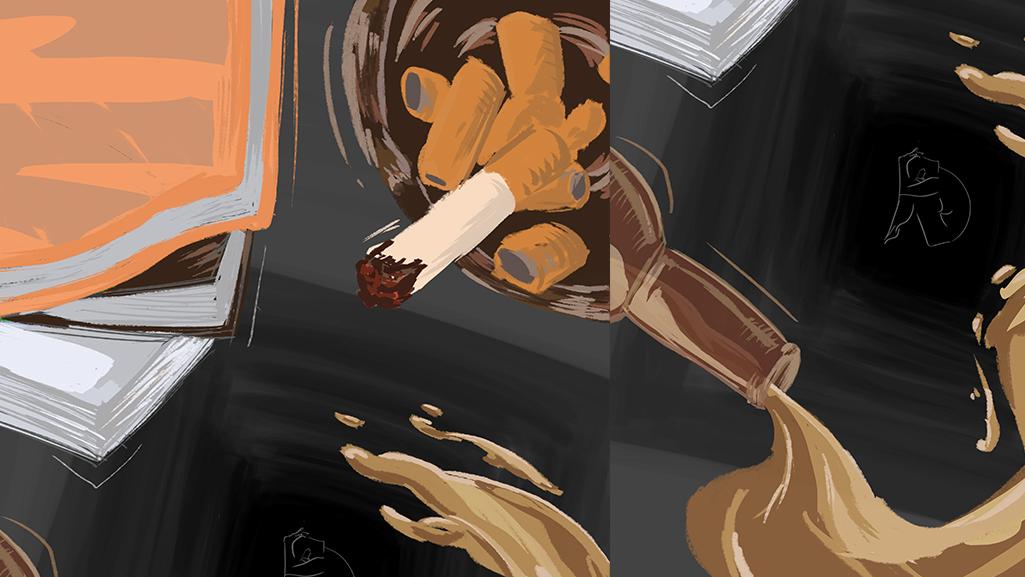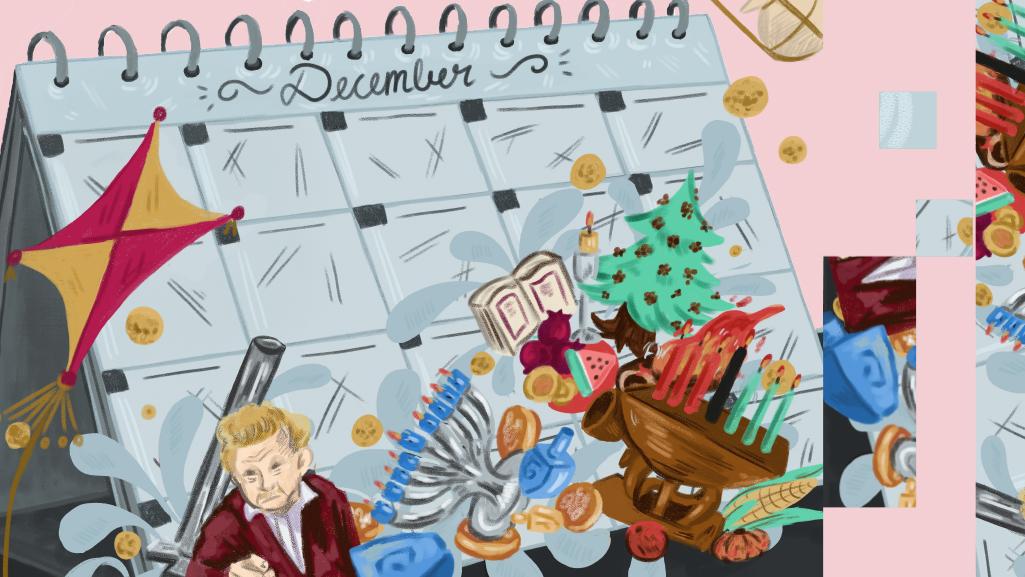Since Jan. 20, 2020, COVID-19 has plagued the United States. We quarantined for about six months before the government began pushing for the reopening of schools, restaurants and the like.
Many places like RIT have been trying to deal with stopping the spread by enforcing six feet apart policies, as well as mandatory mask orders. However, the pandemic has been only growing.
It’s been found that COVID-19 flourishes under cold and dry places without much sunlight as noted by Nature. With the cold, Rochester winter right around the corner, we will discuss why people get sick during these conditions, and how COVID-19 will interact with the winter conditions. Ultimately, RIT students have to make sure we keep ourselves safe during winter break, and when we come back for the Spring semester.
Why Do People Get Sick?
Winter, in general, is a season a lot of people feel apprehensive about; winter is a season where illnesses and allergies only rise. Some of the reasons why more people get sick are that we’re inside more and kept in closed spaces for a longer period of time.
Jennifer Schneider, Eugene H. Fram Chair in RIT’s Academic Affairs, explained the concept of shared and recycled air.
“We don’t have a lot of outside air [in the winter]. This gives more chances for people to share air in a building, and more opportunity for an illness to spread,” Schneider explained.
In addition to winter making us share space, viruses themselves live longer. This is because respiratory illnesses, like COVID-19 or the common flu, float in the air longer when humidity is low. There is also the aspect of fomite transmission through surfaces, or particles that can be contaminated by infectious agents. Though with COVID-19, it’s shown that there is less impact in fomite transmission than its respiratory spread.
“COVID’s primary mode of transmission is through respiratory spread, which is why masks are so effective,” Wendy Gelbard, associate vice president for Wellness in RIT’s Student Affairs, emphasized.
With the winter break being as long as it is this year, it is especially important for us to stay safe for when we come back for the Spring semester.
Safety Measures
“Frankly, getting through this winter is all about our behavior,” explained Schneider.
“Frankly, getting through this winter is all about our behavior.”
Since COVID hit the states extremely hard in March 2020, institutions like RIT have been making changes to combat the pandemic.
André Hudson, head of the Gosnell School of Life Sciences, discussed what some of these changes entailed.
“What they’ve been doing is two kinds of things: infrastructural changes and behavioral changes,” Hudson explained.
Some infrastructural changes you see are the limitations in building capacity. You see it when institutions use glass shields. Behavioral changes are posted all throughout our campus all starting with ‘W’: wear your mask, watch your distance and wash your hands.
More than that is the reminder to the populace at large to be conscious of the new normal we have to live with every day.
It has shown that following and abiding by the rules of the new normal is working. One of the safest places on campus is in the classroom. It’s because of students adhering to these rules that there has been no reported spread in any of RIT’s classroom settings. It’s when we consider spaces outside of these structures that we see a rise in COVID-19 cases.
“It’s easy to be complacent with lower numbers like we see on campus,” Hudson said.
So we have to maintain the rules we follow on campus back to when we go home for winter break.
Maintaining Practice
Schneider equates the maintaining of our health in the midst of a pandemic to a diet.
“If I want to lose weight I have to watch what I eat, but there is not enough exercise in the world that would help me if I eat a lot of chocolate,” explained Schneider.
But instead of it being an individual choice, it’s like the whole world has to go on a diet advised by all the doctors in the world.
Just like a diet, we have complete control over what we do with our bodies. We have to make constant decisions in our lives to maintain this diet until we reach the goal we set out out for ourselves. More than that, we also have to consider how our actions can reflect onto the people around us.
“We have tremendous control over our health and community’s well-being. There’s nothing shiny or sparkly to solve this; it’s all on us,” Gelbard said.
This also means being conscious of who you hang around as well. Questions like who have you been in contact with, who have they in turn been in contact with and so on.
The pandemic has forced us to be critical about who we have in our bubbles — a small group of people that interacts only with each other to maintain health safety and social interaction.
“We are trading and sharing collective behavior. So if you bring someone into your bubble that doesn’t like to follow rules, you are — in turn — changing your behavior,” Schneider said.
But more than keeping the number of cases of COVID-19 low, it’s also in trying to decrease the time we have to enforce quarantine and isolation.
“It’s not only the spread of the virus that worries me … It’s the loss of everything else in our lives,” Gelbard noted.
“It’s not only the spread of the virus that worries me … It’s the loss of everything else in our lives.”
The longer we don’t abide by the new normal, the longer we have to stay under these conditions. So the times we don’t wear our masks, or make allowances for others when they don’t adhere to the rules, the longer our new normal exists.
The predicted surge of COVID-19 cases has already started. There’s a lot of uncertainty that has happened this year, both at RIT and beyond. In the end, the impact COVID will have this winter is on us and our choices.
“If we can all hang in there, we can do this,” Schneider encouraged.







